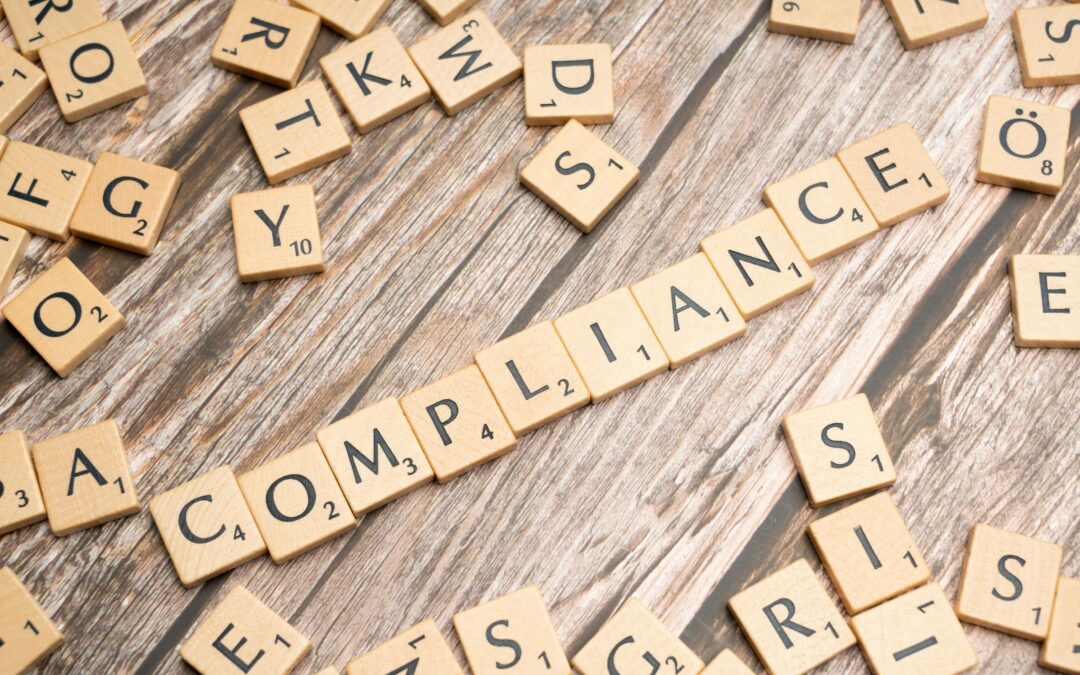HR compliance audits can be a challenge but consider the alternative. It’s a typical day in the office, and your team has gathered for a virtual meeting. As the HR leader, you’re discussing upcoming initiatives and answering questions from your colleagues. Suddenly, someone asks about the company’s approach to remote work policies in light of recent regulatory changes.
In that moment, the importance of HR compliance audits becomes evident. Ensuring your organization is up-to-date and compliant with evolving regulations isn’t just about avoiding legal trouble—it’s about fostering a culture of trust and adaptability in the modern workplace.
In the fast-paced business world, ensuring compliance with ever-changing regulations is essential. However, navigating the complexities of HR compliance audits can be daunting. Fear not; Launchways has you covered. Let’s master compliance and navigate the complexities of HR audits in today’s ever-changing business landscape together.
Understanding the Importance of HR Compliance Audits
HR compliance audits are more critical than ever in today’s regulatory environment. Employee needs and expectations are constantly evolving. HR leaders must adapt their compliance efforts to meet these changing demands. By integrating compliance practices with employee-centric policies, organizations can foster a culture of trust, transparency, and respect.
Companies that prioritize compliance gain a competitive edge, attracting top talent and earning customer trust. Organizations can achieve sustainable growth and prosperity by aligning compliance goals with broader business objectives. These audits serve as a safeguard, protecting businesses from potential legal and financial repercussions.
By maintaining compliance, organizations demonstrate their commitment to ethical practices and employee well-being. By breaking it down into reasonable chunks, you’ll find that conducting comprehensive audits becomes much more manageable and less overwhelming.
Step-by-Step Guide to HR Compliance Audits
Before diving into the audit process, carefully outline your company’s objectives and the timelines for completing the audit. Determine the scope of the audit, including which areas of compliance you’ll be focusing on and which documents you’ll need to review.
First, Assess Current Compliance Practices
It’s essential to start with a thorough assessment of your current compliance practices. Take stock of existing policies, procedures, and documentation. Ensure they align with current regulations and industry best practices. Pay close attention to areas such as the following:
- Employee classifications
- Wage and hour practices
- Discrimination and harassment policies
- Data privacy measures
This step allows you to identify any gaps or areas of weakness that may leave your organization vulnerable to non-compliance. It establishes a baseline for improvement and provides essential insights that inform the selection and implementation of automated solutions.
Next, Analyze Findings and Develop Action Plans
After gathering all the necessary information, it’s time to analyze your findings. Identify any areas of non-compliance or where your organization’s practices may fall short. Look for patterns or trends indicating systemic issues that must be addressed.
With your findings in hand, it’s time to develop action plans to address any areas of concern. Prioritize the most critical issues and develop concrete steps to bring your organization into compliance. Assign responsibilities and establish deadlines for implementing corrective measures.
Implement Automated Solutions for Compliance Management
Once you clearly understand your organization’s compliance needs, you can explore and implement automated solutions to streamline and enhance your compliance management processes. Embracing technology can revolutionize your approach to compliance management.
Automated tools and software can help you manage data more efficiently, track regulatory changes, and ensure consistency and accuracy in compliance efforts. Automated solutions offer efficiency, accuracy, and peace of mind, whether it’s software for tracking employee data or systems for monitoring regulatory changes. Automation streamlines processes and reduces administrative burdens.
Lastly, Monitoring and Follow-Up
Once your action plans are in place, the work isn’t over. It’s essential to monitor progress regularly and follow up on implementation efforts. Track key metrics to measure the effectiveness of your compliance initiatives and make adjustments as needed.
Key Takeaways
HR compliance audits are essential for safeguarding businesses from legal and financial risks and fostering trust in the workplace. Navigating the audit process involves careful planning, assessment of current practices, and analysis of findings to identify areas for improvement.
Implementing automated solutions streamlines compliance management, enhancing accuracy and efficiency. Regular monitoring and follow-up ensure the effectiveness of compliance initiatives and allow for adjustments as needed.
Aligning compliance efforts with employee-centric policies promotes a culture of trust, transparency, and respect. By prioritizing compliance and integrating it with broader business objectives, organizations can achieve sustainable growth and prosperity.
By following this step-by-step guide from Launchways, you’ll be well-equipped to conduct comprehensive HR compliance audits and ensure your organization remains compliant with regulations and best practices. Remember, compliance is an ongoing process, so stay vigilant and proactive in protecting your organization and its employees.

